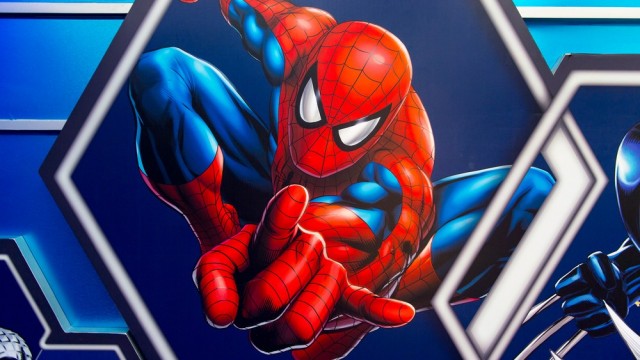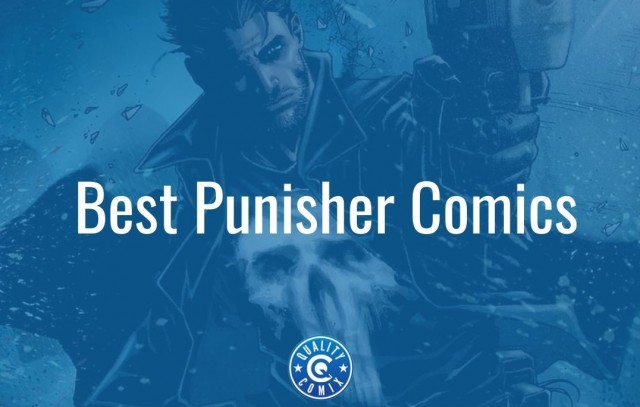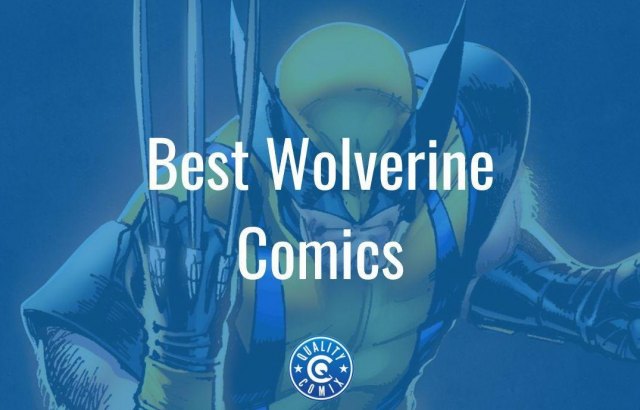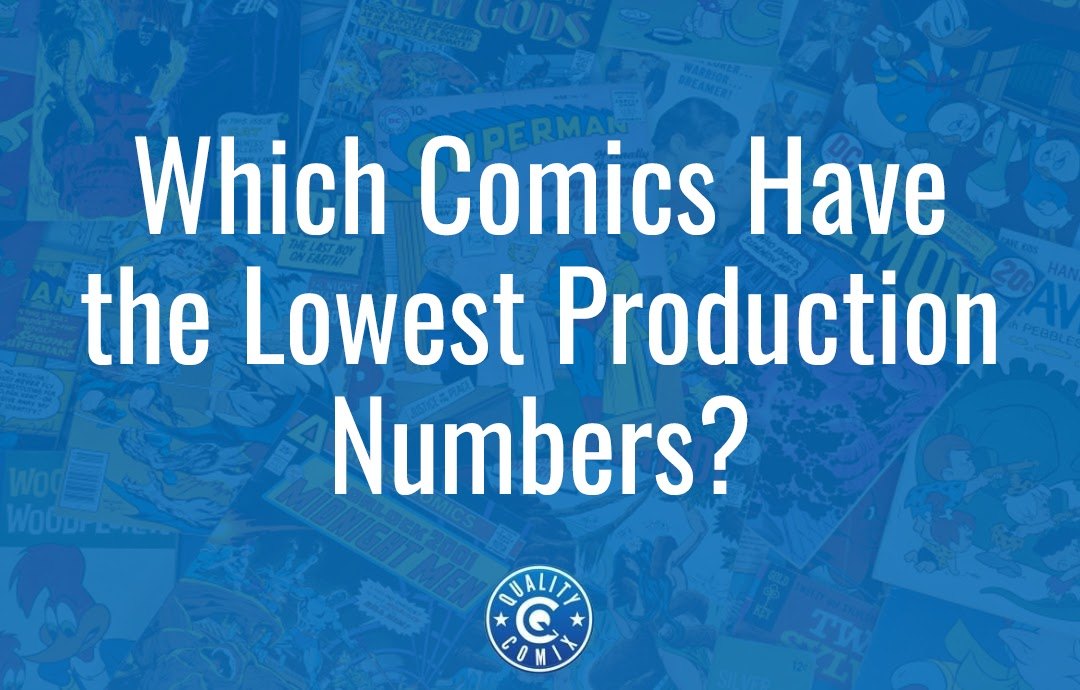
One of the main driving factors in the value of any given comic is scarcity. Scarcity alone isn't enough, of course – demand is just as important – but the more common a comic is, the lower its value will be. Generally, you can bet that a comic with a lower production run is going to be more valuable than one with a higher run, assuming there's any interest in it at all. The question is, which comics are the scarcest? Let's talk about it.
Table of Contents
What Kinds of Comics Have the Lowest Production Numbers?
First, let's talk about comics in terms of categories. I don't mean Marvel vs DC vs Image here, I mean Mainstream vs Indie vs Alternative. What kinds of comics have the lowest production numbers?
It's often difficult to put things into a clean perspective since there are always going to be outliers. But you can usually identify a few key kinds of comics that are rarer than others.
Golden Age Comics
In very broad terms, you can assume that Golden Age comics are going to be scarcer than more recent comics. There have always been ups and downs, popular lines and characters have higher production numbers than less popular or more experimental books, and major downturns in the industry have a reducing effect, but in broad terms, some of the rarest books you'll run into are Golden Age books.
Another confounding factor here, though, is that rarity today isn't the same as rarity when printed. A comic with a 250,000-copy print run 80 years ago could be a very scarce comic now because only a few hundred of them survived in any reasonable condition. Conversely, a comic with a 10,000-copy print run today is much more available.
In a way, you can consider Golden Age comics to be a baseline. Anything with a larger production run is less likely to be scarce or rare; anything with a smaller print run is more likely to stand out.
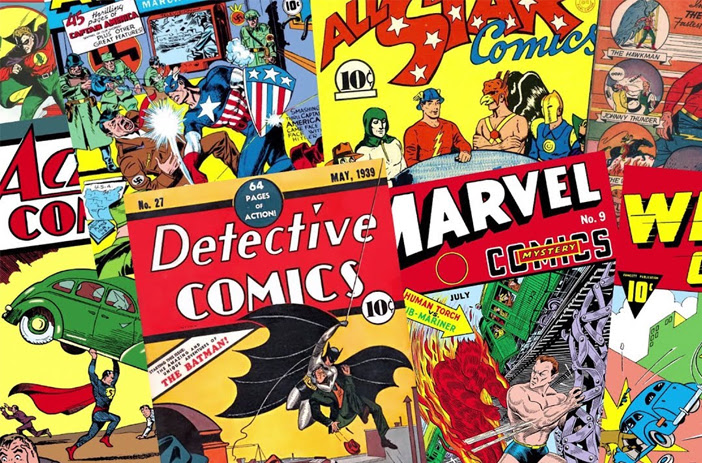
Recalled Comics
Another reason comics are scarce is recalls. Recalls are themselves relatively rare, but they can happen for a variety of reasons, including things like printing and quality control issues, errors, embarrassing typos, or even intentional sabotage. There are a bunch of verified recalls and it can be fascinating to look into them.
A recalled comic doesn't necessarily have a low production run, but sometimes the reissue is less common, especially if they had a system of having the recalled copy sent back to get a copy of the reissue. It's a messy world out there, comic fans.
Indie Press Comics
Now we're getting into reasons why comics had truly low print runs. Indie comics are comics produced by independent publishers, and most of the time, these publishers had much fewer resources for everything involved. They didn't have the budgets, they didn't have the printing presses or contacts with big printers, and they didn't have the budget for advertising or the sales required to produce. While some indie publishers got larger and larger over time until they're the beloved second-tier behind Marvel and DC today, others struggled for years before petering out and being bought up by other publishers or simply going under and disappearing.
Indie comics could have production runs in the tens of thousands, single thousands, or even less in some cases. When you get down to talking about things more along the lines of zines and local newsletters with comics in them, the numbers are minuscule. Of course, so too are the numbers of people who even know what they are, let alone have or want them.
Along the same lines, alternative comics tended to be made in the hundreds or low thousands and were made for subculture groups, art houses, and other niche interests. They were often odd, experimental, and counterculture, so they didn't generally pick up or see widespread success. Now and then, an author or artist with a history in these kinds of comics gathers enough fame to strike it big, and their earlier work can be sought-after, so sometimes these can be valuable.
Artificially Scarce Comics
Perhaps the biggest reason for low print runs these days is artificial scarcity. When a publisher knows they're going to print 300,000 copies of a comic, but they want to cater to the people who collect and invest in comics, they might create a variant. A common kind of variant is the ratio variant. A ratio variant would be, say, a 1:300 variant, which means for every 300 normal copies, one variant copy is produced. In this case, that means there are 300,000 copies of the normal version and 1,000 copies of the variant.
In extreme cases, these can even be scarcer, and some of the lowest print run comics have actually been printed in the last dozen years because they're stimulating demand through artificial scarcity and the Fear of Missing Out, or FOMO.
Print Run Data is Hard to Find
Unfortunately, one of the realities of comics is that print and production data is almost never easily available. Sites like Comicchron do their best to gather data from reputable sources, and sales figures can sometimes be released, but unless you're talking about an intentionally limited variant or a specifically one-of-a-kind comic, you probably aren't going to have a real idea of how many copies of a given comic exist. For a fascinating look into the topic, here's a great post.
What Are Examples of Low Print Run Comics?
Let's talk about some of the actually scarce, low print run comics that you might be able to find in collections or see on the market from time to time.
Dark Knight III: The Master Race
This variant was, in some ways, a completely unique comic. This was a 1:5,000 ratio variant, meaning only one was ever printed for every five thousand copies of the standard comic. That alone doesn't make it unique, though. What makes it truly unique is that the cover was, essentially, just a blank white space. Why? Jim Lee, artist, writer, and current chief creative officer of DC Comics, produced a unique sketch on each of these. As far as we know, only about 45 of these were produced.
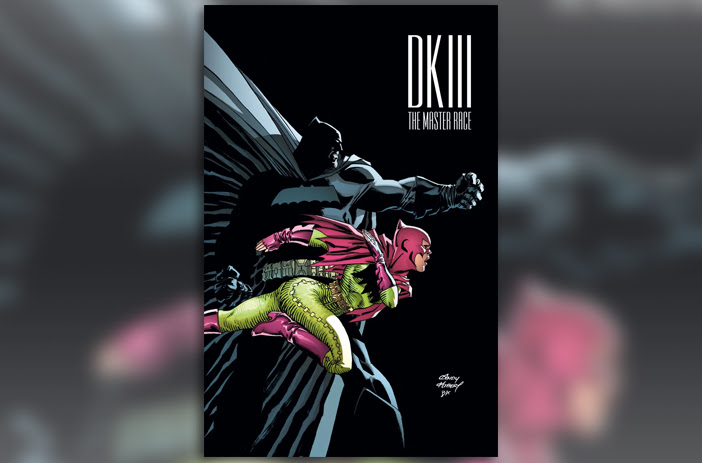
As an intentional joke to lambast the idea of a 1:5000 ratio variant, Marvel ran their own similar variant. Theirs was Star Wars: Vader Down and the comic in question has dozens of different variants. This one, made by Chip Zdarsky, features Jaxxon Tumperakki facing down Vader on the otherwise black and white cover. In case you're wondering how this is a satirical response, it's a very specific ratio variant: 1:4,999. Ironically, due to relative quantities, it actually ended up rarer than DKIII, with around 15-20 of them printed.
The Walking Dead #116
The 116th issue of The Walking Dead isn't particularly noteworthy or rare. However, as it happened, three different print runs of the comic were produced. All of them had different variations in color on the covers, which made them stand out when you could see them side by side. This is how they were discovered, in fact, at a signing in a small town in England, Charlie Adlard noticed. Since no one knew if there was any real importance to them, they put them up for auction, and a handful of each went out.
Well, the first print run was fine. The second print run was later issued, and is also common. The third, though, was never actually issued. That means only the handful – less than 25-50 copies – of that third print run were sent into circulation.
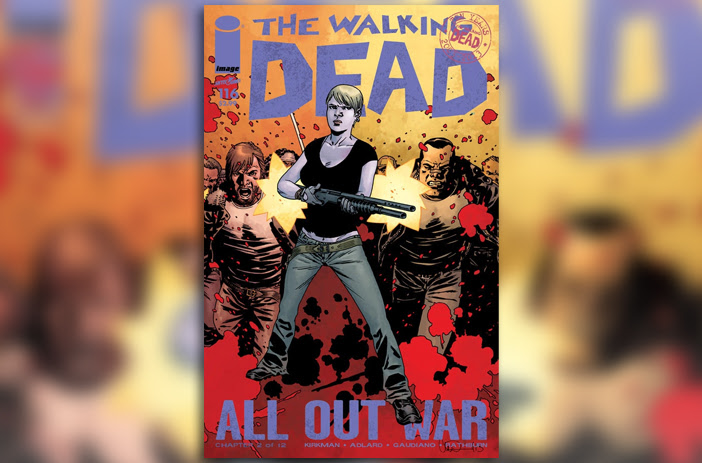
In addition to the color differences on the cover, you can identify the print run of this issue by the barcode. We have a whole guide on how to read barcodes here, which should help.
Grimm Fairy Tales Presents: The Jungle Book
While The Jungle Book wasn't a Grimm Fairy Tale originally – it's a book by Rudyard Kipling – the characters and plot have been spun off into countless references and remade media. This comic, originally printed in 2012, had five issues, and issues two through five had a total of four variant covers. Unfortunately, for collectors, especially collectors who want a copy of each variant, only 25-30 copies of each variant are known to have been produced. You can probably safely assume each of these is safely in the hands of a collector who enjoys it by now.
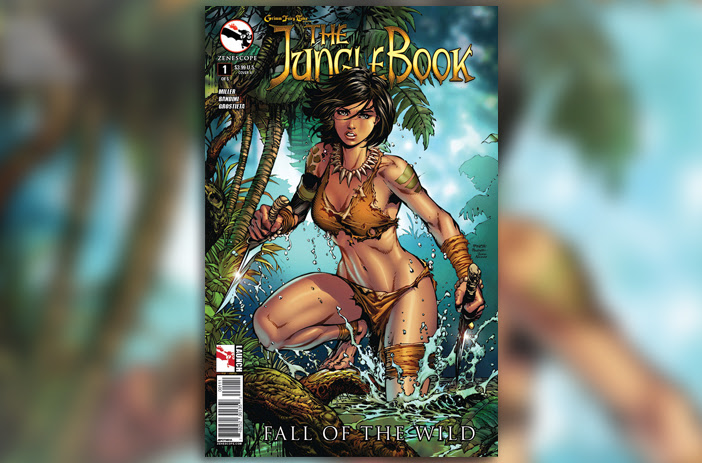
Another Grimm Fairy Tales Presents book, Wonderland (a retelling of, you guessed it, Alice in Wonderland), is a similarly scarce comic. Also from 2012, this comic is a pinup-style adult Alice on the red carpet in a blue dress. Why is it scarce? Well, in order to get a copy of the variant cover, a comic store had to order 100 copies of four different titles. In a sense, that makes it a 1:400 ratio, though that's not really accurate. Relatively few stores took the publisher up on this deal, though, and only around 25 or so copies of this comic exist.
Mission Impossible #1
This one is an interesting case. Mission Impossible #1 was a tie-in comic for the movie and was printed back in 1996. It's also not really rare. What's rare is the "direct edition," which was recalled. Apparently, Tom didn't like how he was depicted and demanded some changes, so the direct edition was recalled.
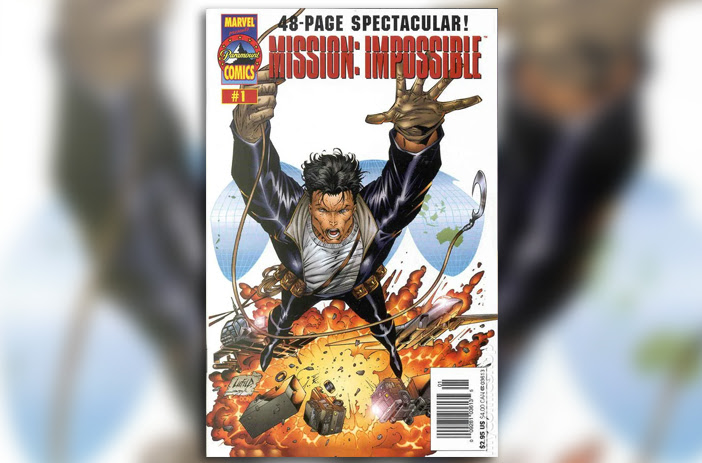
A couple of dozen copies of this have been found, and as a movie tie-in for a franchise that still trundles along, it's not exactly the most in-demand comic around, but it's still an interestingly scarce comic with a story behind it.
Only Ten Printed
This isn't actually the name of a comic, but it is a gimmick that has been used a handful of times throughout comic history. A few specific variants are simply intentionally scarce, with a fixed number made rather than some ratio, making it more or less rare depending on sales figures.
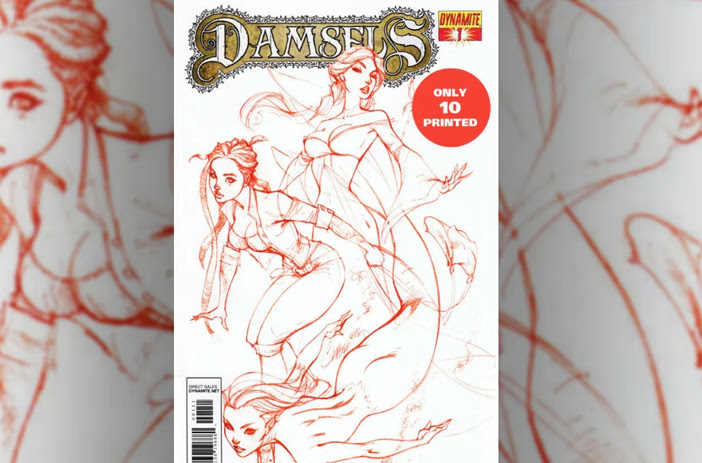
Damsels #1, from J Scott Campbell, has a sketch cover variant in a few different colors, but the "rose red" color has a big "only 10 printed" message on the cover, and, you guessed it, only ten of them were printed. Similarly, Revenge of Wonderland #1's Gallery Edition cover is a limited-to-ten quantity. It was a New York Comic Con variant, so at least this wasn't meant to satisfy national demand.
Unique Gimmicks
Another example of something created more as a prestige piece than a distribution item, there are numerous examples of one-of-a-kind comics printed for various reasons.
One of the prime examples was taking advantage of the reboot of My Little Pony back in 2012. IDW's comic line based on the rebooted cartoon became their best-selling comic of all time, and to celebrate the sale of a million copies, they printed a bunch of different variants. Included in the pile of variants was a one-of-a-kind party cover that was sold in a charity auction.
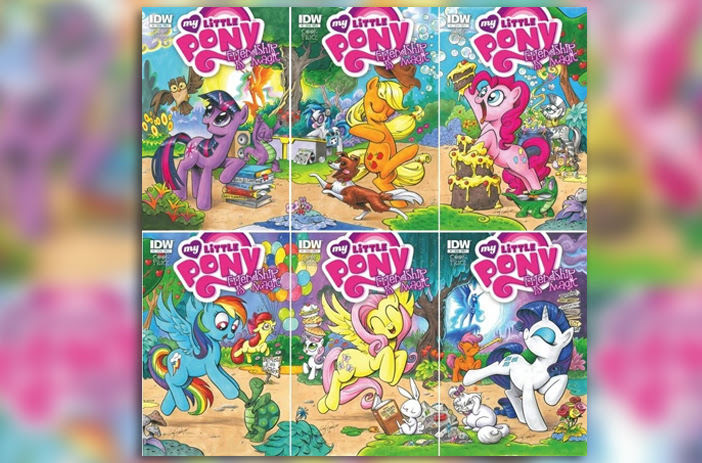
A similar charity-driven one-of-a-kind was Space Bandits #1. That comic, signed by Mark Millar and illustrated by Howard Chaykin, was auctioned for the Hero Initiative charity and sold for a kind of meager $1,000 back in 2019.
Another example was Quantum & Woody #1, second printing. This unique one-of-a-kind copy had a special cover and was given to the Comic Book Legal Defense Fund so they could sell it to raise money for their work. A later third printing satisfied demand for the comic itself, but the second printing is wholly unique.
What is Your Rarest Comic?
What's the rarest comic you have in your collection? Want to show off? Let us know in the comments! And, of course, if you're looking to part ways with your rare or scarce books, we're always here to help out. As the number one dealer in vintage comics, we're always on the lookout for cool books to buy.
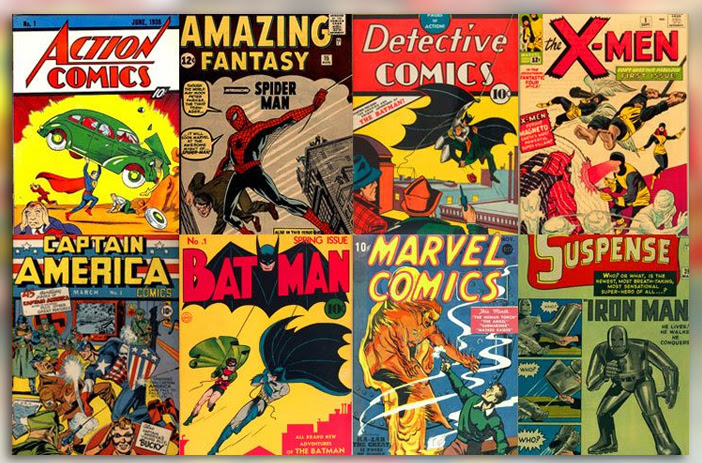
Even if you just want your comics appraised, you can request a free, no-pressure, no-obligation appraisal through our contact form here. And hey, even if you don't want to sell and just want to talk comics, we love to talk shop, so drop us a line! And who knows, maybe we can make you an offer you can't refuse.

 Brent Moeshlin
Brent Moeshlin
